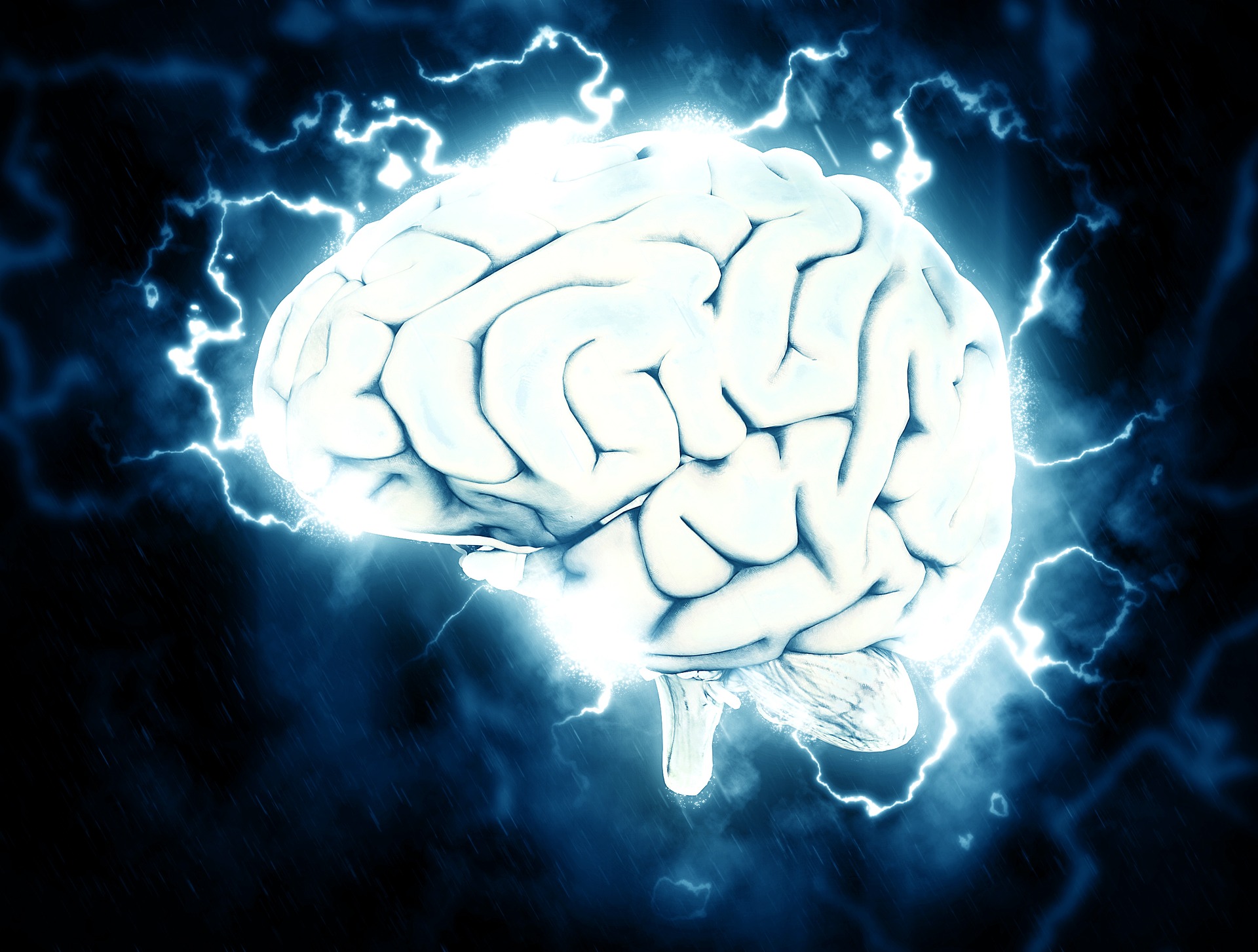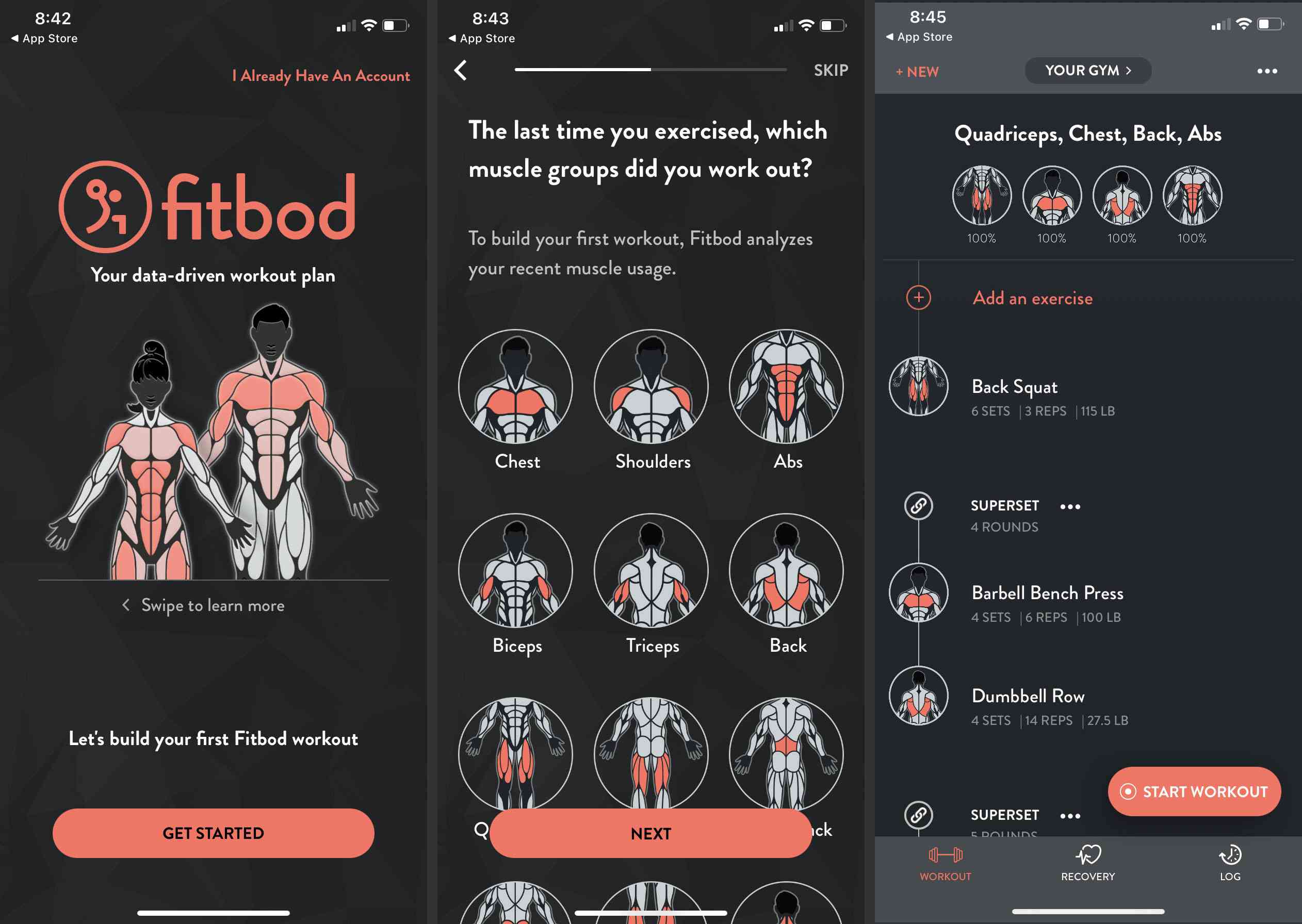Are you tired of suffering from the debilitating pain and discomfort caused by migraines? If so, you’re not alone. Millions of people around the world struggle with this common ailment on a regular basis. Fortunately, there’s a simple solution that can help alleviate your symptoms quickly and effectively: nasal spray. In this blog post, we’ll explore how nasal spray can provide relief from migraine headaches and why it’s become an increasingly popular treatment option among patients and doctors alike. So sit back, relax, and get ready to discover the power of nasal spray for combating migraines!
What is nasal spray?
Nasal spray is a type of medication that is sprayed into the nose to help relieve nasal congestion. It can also be used to help relieve other conditions, such as allergies, sinus infections, and colds. Nasal spray works by delivering a fine mist of medication directly to the affected area. This allows the medication to work quickly and effectively.
There are different types of nasal spray available over-the-counter and by prescription. Over-the-counter nasal sprays can be bought at most pharmacies and drugstores. Prescription nasal sprays are usually only available from your doctor or healthcare provider.
If you’re using nasal spray for the first time, it’s important to follow the instructions on the packaging carefully. This will help ensure that you’re using the spray correctly and getting the full benefit from it. Nasal spray can cause side effects, so it’s important to speak to your doctor or pharmacist if you have any concerns.
How does nasal spray help with migraines?
Nasal spray can help with migraines by delivering medication directly to the nasal passages. This allows for faster and more targeted relief from migraine symptoms. Nasal spray can also help to reduce inflammation in the nasal passages, which can help to lessen the severity of migraines.
What are the side effects of nasal spray?
When used as directed, nasal spray is generally safe and effective. However, like all medications, it can have side effects. The most common side effects of nasal spray are burning, stinging, or irritation of the nose. These effects are usually mild and go away with continued use. Other possible side effects include:
-Dryness or crusting of the nose
-Nosebleeds
-Sneezing
-Coughing
-Headache
-Dizziness
Rarely, more serious side effects may occur. If you experience any of the following symptoms, stop using the nasal spray and seek medical attention:
-Difficulty breathing through the nose
-Swelling of the face or throat
-Hives
-Rash
How to use nasal spray for migraines
If you’re looking for relief from your migraine, you may want to try using a nasal spray. Nasal spray can help to reduce the pain and inflammation associated with migraines.
To use nasal spray for migraines, you’ll need to purchase a nasal spray specifically designed for migraines. These can be found at most pharmacies. Once you have your nasal spray, follow the instructions on the package.
If you’re using a saline nasal spray, simply pump the bottle once or twice into each nostril. If you’re using a medicated nasal spray, follow the package directions for how much to use.
Nasal sprays can provide relief from migraines within minutes. However, they don’t work for everyone and they may not provide long-lasting relief. If you find that nasal sprays aren’t providing enough relief, talk to your doctor about other treatment options.










